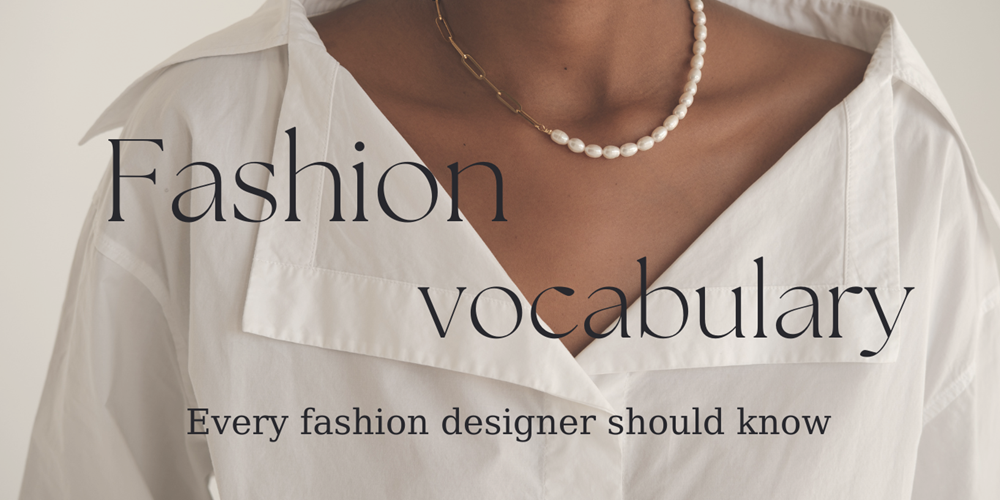
FASHIONISTA TERMS THAT EVERY FASHION DESIGNER SHOULD UNDERSTAND

vocabulary for clothing encompass the specialized vocabulary and jargon used within the fashion industry and among fashion enthusiasts. These terms include expressions related to trends, styles, garments, designers, and the fashion ecosystem overall, reflecting the nuanced understanding and appreciation of fashion culture. Additionally, they incorporate vocabulary specific to clothing design, such as silhouette, texture, draping, seam, hem, dart, pleat, ruffle, neckline, sleeve, collar, waistband, cuff, fastening, and lining.
Fashion Trends and Styles
- Bohemian: A style that incorporates relaxed, unconventional clothing, often with ethnic or vintage elements.
- Minimalist: A style characterized by simplicity, clean lines, and a lack of embellishment.
- Gothic: A style featuring dark, mysterious, and antiquated elements, often with a focus on black clothing.
- Athleisure: A trend in fashion where clothing designed for athletic activities is worn in other settings.
- Vintage: Clothing that is at least 20 years old, often representing the styles of a particular era.
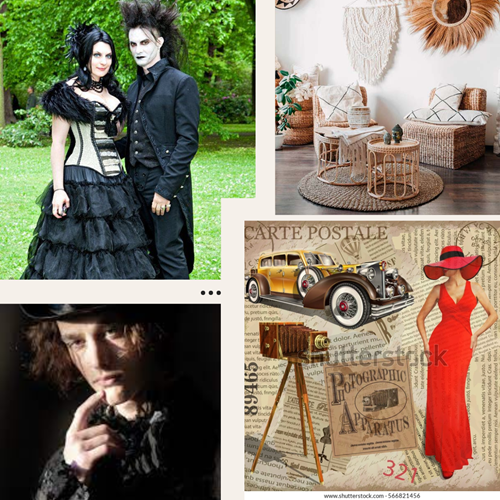
Fashion Industry Terms
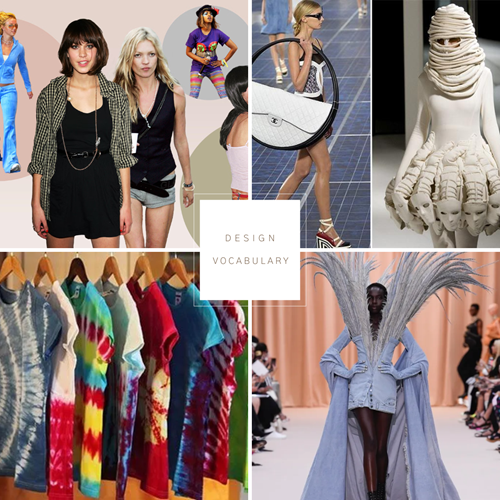
- Lookbook: A collection of photographs showcasing a designer's new collection.
- Mood Board: A visual tool used to convey the style, colors, and mood of a design project.
- Fashion Show: An event where designers showcase their new collections on live models.
- Trend Forecasting: The practice of predicting upcoming fashion trends based on various factors.
- Fashion Cycle: The process through which a style goes from introduction to obsolescence and then returns to popularity.
Design Elements
- Pattern: A template from which parts of a garment are traced onto fabric before being cut out and assembled, like floral,motifs,ikkat, etc.
- Texture: The surface quality of a fabric, perceived through touch and sight.
- Print: A design or pattern applied to fabric using dye or ink.
- Embroidery: Decorative stitching on fabric, often creating intricate designs.
- Appliqué: A decorative design made by sewing one piece of fabric onto another.
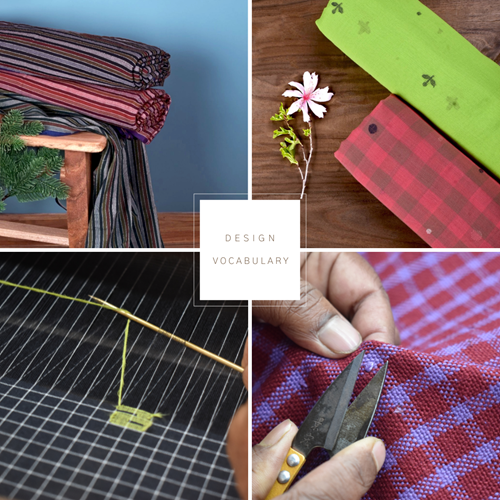
Garment Construction
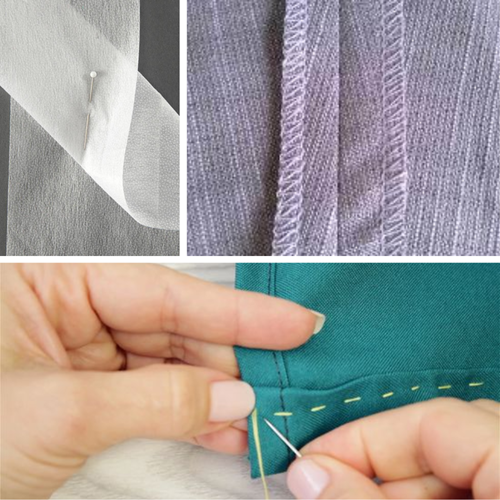
- Seam: The line where two pieces of fabric are sewn together.
- Dart: A tapered tuck used to shape fabric to the contours of the body.
- Hem: The edge of a piece of cloth that is folded back and sewn down.
- Lining: An inner layer of fabric added to a garment.
- Interfacing: Material used between layers of fabric to provide support and shape.
Accessories
- Fashion sketchbooks: Specifically designed for sketching out design ideas and concepts.
- Fabric swatch books: Essential for selecting and coordinating fabric choices.
- Dress forms: Used for draping and fitting garments during the design process.
- Pattern drafting tools: Includes rulers, curves, and specialized rulers for creating garment patterns.
- Embellishment materials: Including beads, sequins, and trims used to add decorative elements to garments.
- Sewing machine attachments: Various presser feet and attachments for specialized stitching techniques.
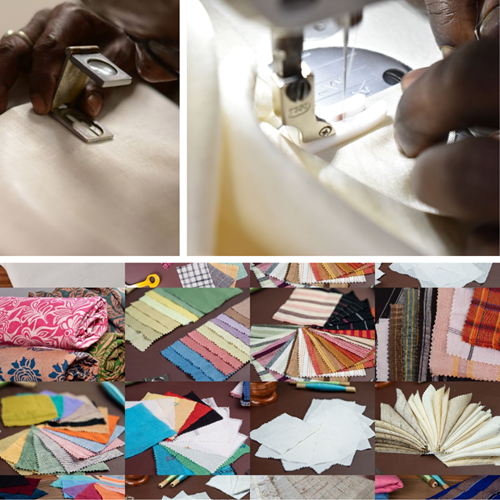
Tailoring and Fit
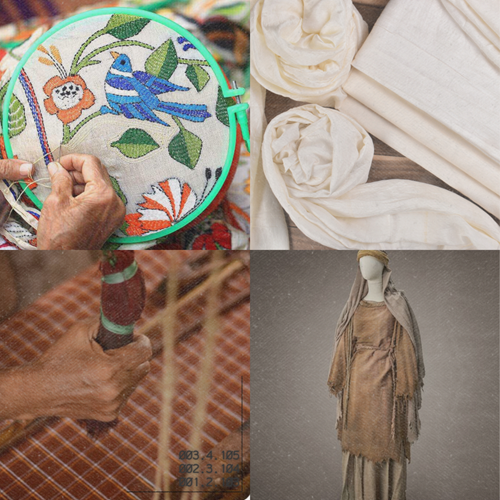
- Bespoke: Custom-made clothing tailored specifically for an individual.
- Made-to-Measure: Clothing that is custom-made to fit the measurements of a specific customer.
- Alteration: Adjustments made to a garment to improve its fit.
- Draping: The process of positioning and pinning fabric on a dress form to develop the structure of a garment.
- Fit: How well a garment conforms to the body's shape.
General Fashion vocabulary
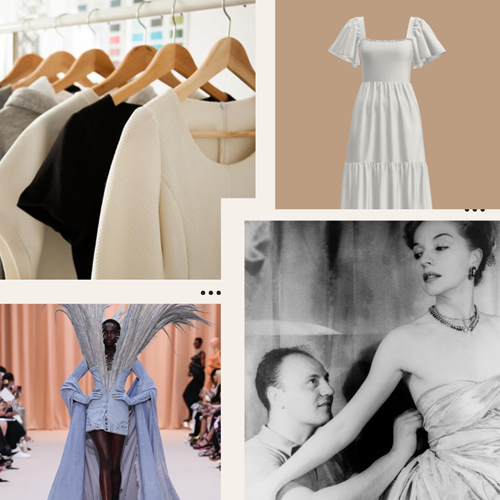
- Silhouette: The outline or shape of a garment.
- Haute Couture: High-end, custom-fitted fashion.
- Prêt-à-Porter (Ready-to-Wear): Factory-made clothing, sold in finished condition in standardised sizes.
- Avant-Garde: Experimental or innovative designs that push the boundaries of fashion.
- Capsule Collection: A small collection of essential, timeless pieces
related questions
What are the essential fashion terms every designer should know?
arrow_drop_downEvery designer should know these essential fashion terms: silhouette (shape of a garment), drape (how fabric hangs), texture (surface feel), pattern (design on fabric), palette (color scheme), fit (how clothing conforms to the body), haute couture (high-end custom fashion), prêt-à-porter (ready-to-wear), and sustainable fashion (eco-friendly and ethical design).
What is a silhouette in fashion?
arrow_drop_downA silhouette in fashion refers to the overall shape, outline, and form of a garment as it fits and falls on the body. It defines the contour and structure of clothing, influencing style and aesthetic, such as A-line, hourglass, or straight silhouettes.
What is the difference between a fashion trend and a fad?
arrow_drop_downA fashion trend is a general direction in which fashion is moving, often enduring over a longer period and influencing multiple seasons. In contrast, a fad is a short-lived, intense interest in a particular style, often emerging suddenly and fading quickly without significant lasting impact.
What does prêt-à-porter mean?
arrow_drop_downPrêt-à-porter, French for "ready-to-wear," refers to clothing that is mass-produced in standard sizes and made available for purchase off-the-rack in stores, as opposed to custom-made haute couture. Prêt-à-porter collections are designed for the general public and offer accessible, ready-made fashion options without the need for individual tailoring.
More Blogs
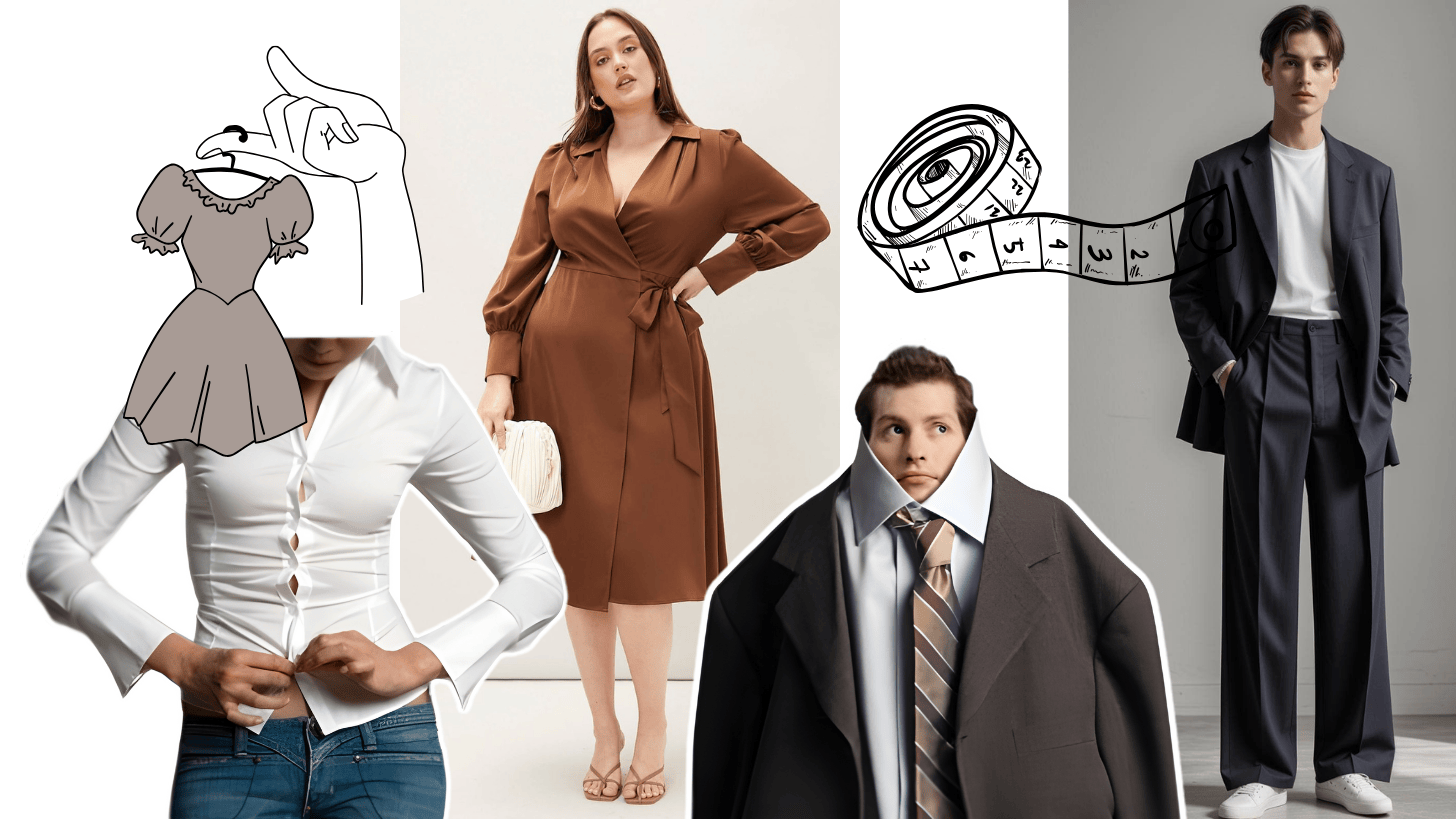
the style blueprint: 5 simple rules to improve dressing sense instantly
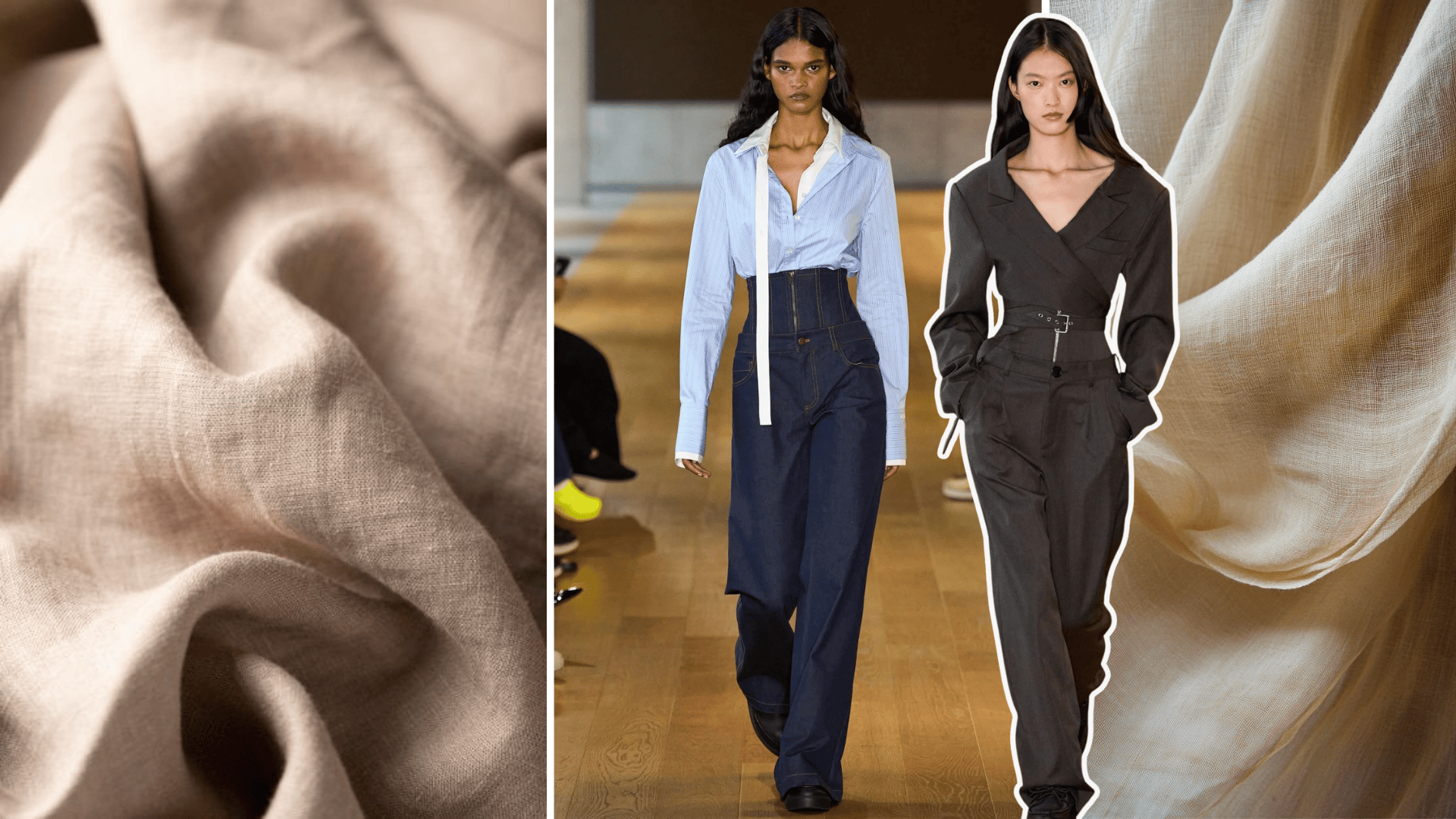
top 5 textures to watch in fashion trends 2025
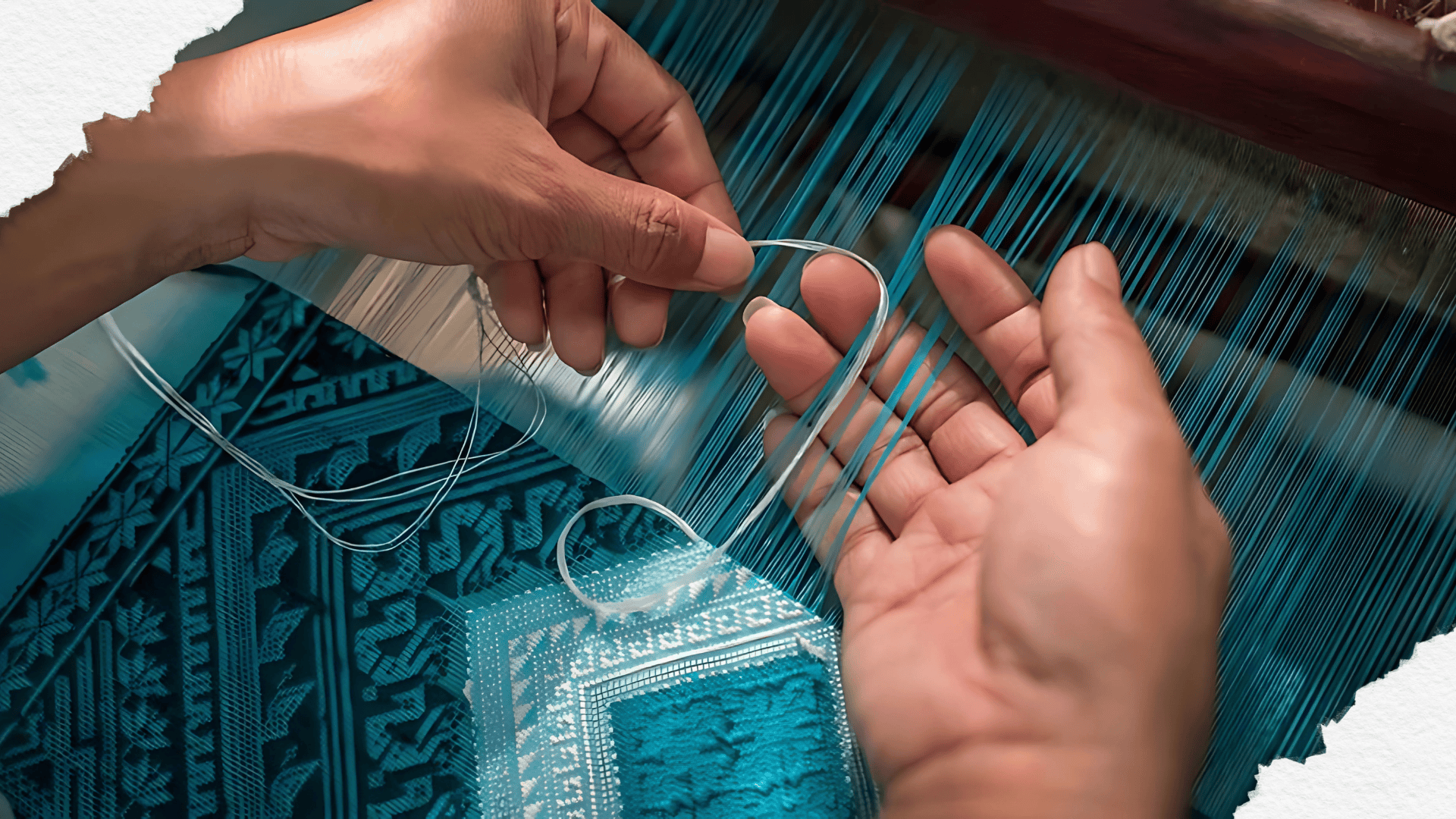
beyond borders: how fashion designers reimagine indian handloom in global fashion

5 key design elements in fashion and styling behind every great look

vintage revival: which eras and silhouettes are making a resurgence in 2025

the rise of gender-neutral & fluid fashion: breaking down traditional style boundaries






